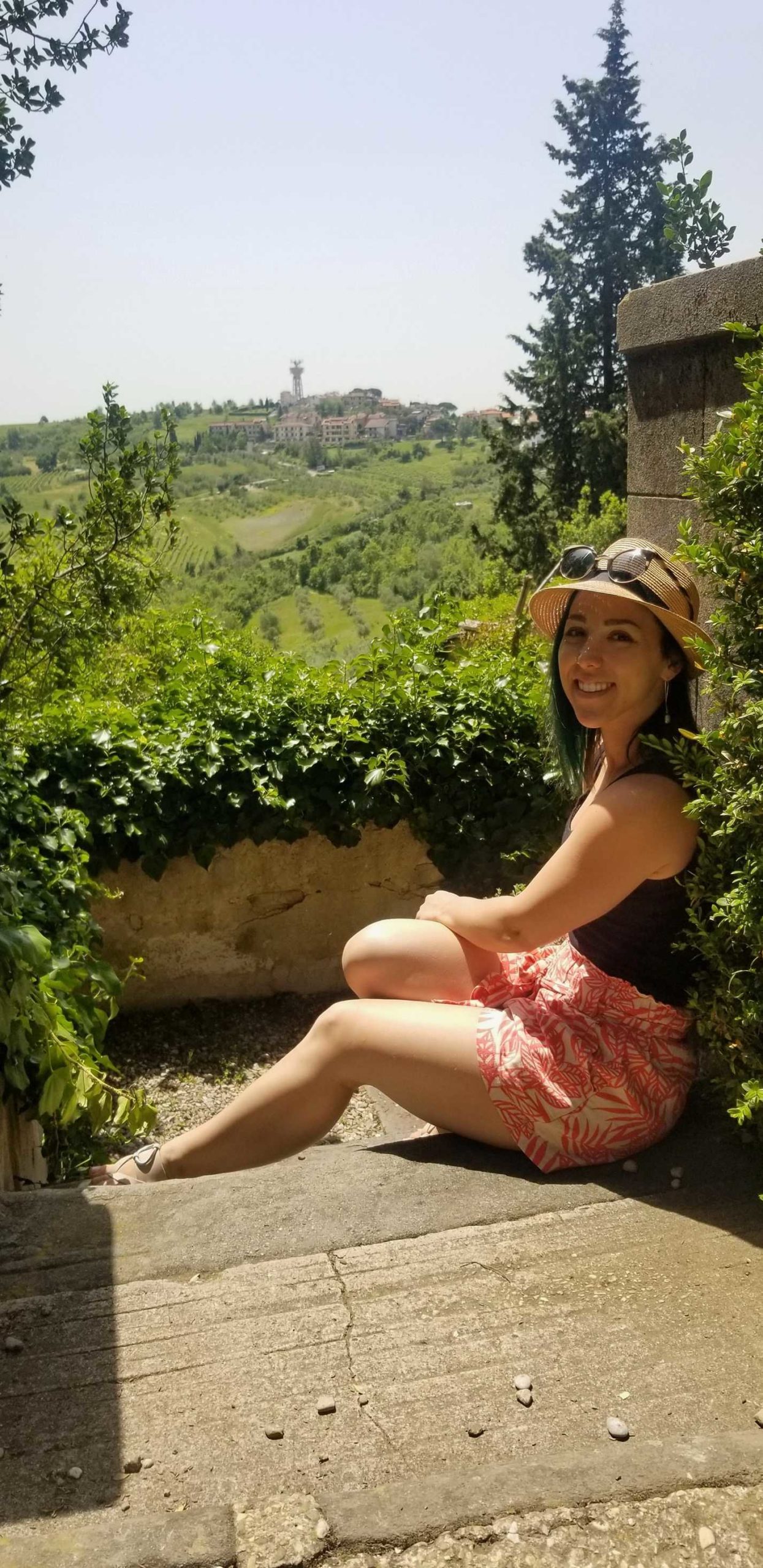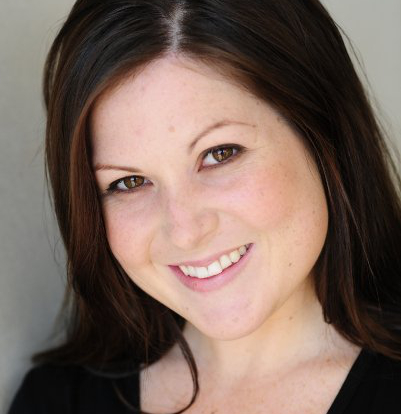How to Sing Loud Without Strain: Top 3 Must-Knows
Singing loudly is often viewed as singing better. Big, loud, high notes that give goosebumps to listeners and singers alike are coveted. They also have been known to cause pain to the voice, leaving singers wanting to know how to sing loud without strain. So, today I’m going to share with you the top three elements of technique that must be mastered in order to sing loud without strain.
Sing Loud Without Strain Must-Know #1: Support the Sound
The first important element of technique required to sing loud without strain is supporting the sound. Just a quick disclaimer, though, that this element of technique is important for ALL singing, not just the loud stuff. It’s even important for speaking – loudly OR softly.
There are 4 primary benefits to utilizing your support system which I call “The Four Ps”. They are:
PROTECT
When you engage your support system correctly, you are able to protect your vocal cords from strain, fatigue, and damage. This is because you are using the muscles of your core to take the initial impact of making sound rather than asking your tiny vocal cords to take that initial impact. When the cords are repeatedly asked to take the force of the initial impact of making sound, it can cause them to swell, form polyps or nodules, or even suffer permanent damage.
PROLONG
When you neglect to engage your support system, the big breath you’ve taken in is often expelled almost immediately once you start making sound. So, supporting the sound allows you to make the most of the air you’ve inhaled. This means you’ll be able to get all the way to the end of the phrase you’re singing without needing any additional air.
POWER
When you support your sound correctly, your voice gets a little boost of power, of sound, of volume without you having to cause any strain or pressure to your vocal cords. It’s common for untrained singers to force a powerful sound from the throat, so allowing the core muscles to create that extra power in the sound gives them the ability to sing loud without strain.
PERFORMANCE
When you support your sound, it grounds you and your ability to control the performance of your voice – everything from pitch, strength, confidence, volume, agility with riffing & embellishment, and much more.
Inside the 4 Ps, 3 of the 4 relate to either protecting your voice from strain or being able to make more sound effectively and without pain. To learn what it looks like to properly support your sound so you can begin to learn to sing loud without strain, check out this quick video:
Sing Loud Without Strain Must-Know #2: Use the Correct Placement
Placement refers to where the sound of your singing is resonating in your body. There are three separate vocal techniques giving plenty of options of where to place your sound – some of which are dangerous – so it’s understandable that choosing the correct placement would be important to being able to sing loud without strain.
Choosing the placement of your sound is determined by the kind of music you want to sing. If you’d like to sing an opera song, for example, you’ll want to choose the classical technique which places your sound in your chest and head. If you’d like to sing your favorite Top 40 hit, for example, you’ll want to choose one or both of the contemporary techniques which are belt and mix. Choosing to sing in a classical technique on your favorite Top 40 hit will result in having a lot of strain on your voice, particularly if you are loud.
I totally get it if this sounds confusing, so let’s dig deeper.
The classical technique places the sound in your chest and in your head (more specifically, in your skull). This means that when you make sound using this technique, your sound will either be bouncing around in your chest cavity, or it will be bouncing around your skull. The only way to place the sound in either of these two places is to lift in the back of your throat like you do during a yawn. This yawning action causes the soft palate to raise, blocking off the passageway into the nose. When the nasal passage is blocked off, there is a break in the range where the resonance shifts from bouncing off the chest to bouncing around the skull. I call this break the chest limit, and it happens much lower than singers want.
The chest voice is booming and loud, so it is much preferred among contemporary singers over the head voice which is lighter and airier in sound. However, if the chest voice is stretched higher than this break (or chest limit), the singer is at risk for vocal damage. This is one of the most common mistakes contemporary singers make when wanting to know how to sing loud without strain.
The reason it’s not an issue for classical singers is that, in classical music and opera, it is EXPECTED that the singer will switch into their head voice. In contemporary music, NO ONE wants to have that sound in their singing (because it sounds like opera!).
So, how do we sing loud without strain if there is a limit to how high the chest voice can go?
We utilize one or both of the contemporary techniques. Belt is a contemporary technique that has a similar power and loudness that the classical chest voice offers, only there’s one major benefit to choosing belt: it doesn’t have a limit like the chest voice does. When sound is in a belt placement, it can be as loud as you want as high as you want without experiencing any strain or fatigue.
Mix is the other contemporary technique and it has a lot of flexibility, but it isn’t typically chosen by singers looking to sing loud without strain. This is because belt is inherently louder than mix and it has a similar range. It is a more forward, more familiar-sounding take on the classical head voice, only without the breaks. It can be loud, but typically isn’t.
To learn more about how to make a proper belt placement so you can sing loud without strain, check out this quick video:
Sing Loud Without Strain Must-Know #3: Make the Right Space in the Mouth

In order to sing loud without strain, all three of these elements of technique must be working together like a well-oiled machine. The third element in this trifecta is to make the right space in the mouth.
Just like how the kind of music you are singing determines the placement you should choose to use for your song, the kind of placement you choose determines the shape and space required inside your mouth, particularly when it comes to loud or high singing.
In order to get louder (as well as higher), more space is required inside the mouth. However, just like how the kind of music you are singing determines the placement you should choose, the kind of space you make when singing louder and higher is determined by the placement you choose to use in your singing.
If you are choosing to use a classical singing technique (either placing in the chest, the head, or both), you’ll need to first drop your jaw to make more sound and then widen as necessary to accommodate the loudness or highness of a pitch.
If you are choosing to use a contemporary singing technique (either belting or mixing which are both placed in the nose), you’ll need to first widen your mouth to make more sound and then drop your jaw as necessary to accommodate the loudness or highness of a pitch. Making more space in the wrong direction can cause unnecessary strain to the voice. This is because making the wrong direction of space affects proper placement.
We said in element #2 that the chest voice is created when the soft palate is raised in the back like a yawn which blocks the passage into the nose. We also said this chest voice has a limit and that it can be dangerous to stretch past that limit. So, if a singer is choosing to belt so they don’t have the limitations of the chest, when they start to get louder or higher, they know they have to make more space inside the mouth. That can easily be misinterpreted as making more space in the back – like you would for a chest voice or head voice sound – which would cause that soft palate to raise. If that soft palate raises but the singer thinks she is belting, the loudness she is creating in that space is going to hurt her throat and cause all kinds of strain and fatigue.
Another part of making the right space is modifying vowel shapes to accommodate a loud or high pitch. Certain vowels will inherently cause the mouth to be more closed (like the “o” in “closed” or the “ooh” in “you”). When the vowels are closed, the singer is unable to make the right space without modifying the vowel. So, vowel modification is required in order to create the right space in the mouth.
To learn more about creating the right space in the mouth so you can sing loud without strain, check out this quick video:
When all 3 of these must-haves are working together in your singing, you will have the ability to sing loud without strain!
Good vocal health habits are vital to maintaining a healthy singing voice. Make sure your habits are supporting your singing and not putting you in danger! Download my FREE Vocal Health Tips Guide below!

Vocal Health Tips [FREE GUIDE]




















Have a question or something to say? You'll hear back from me right away!